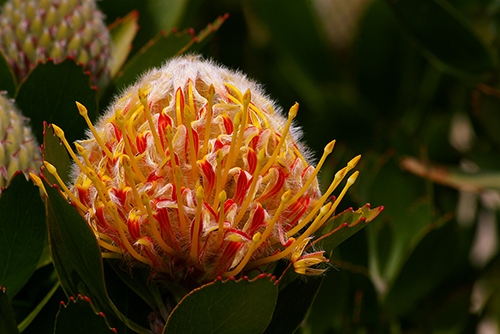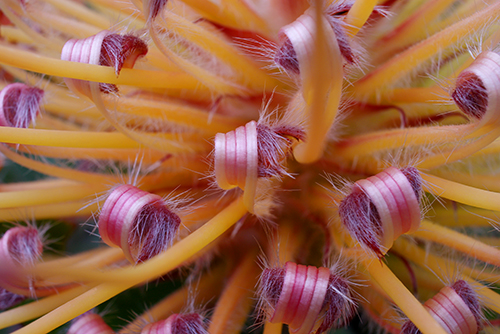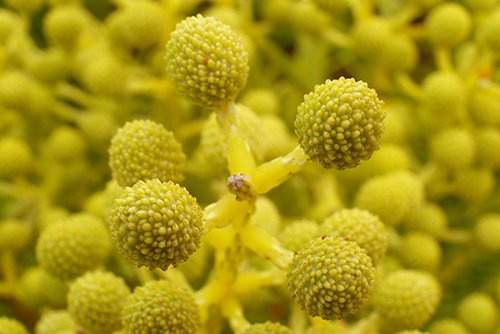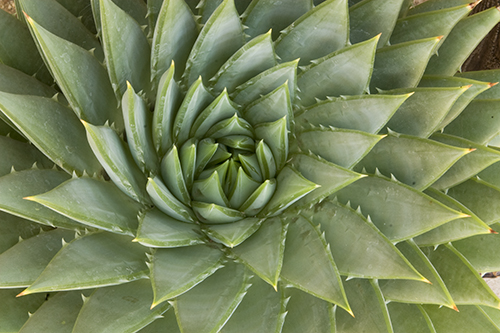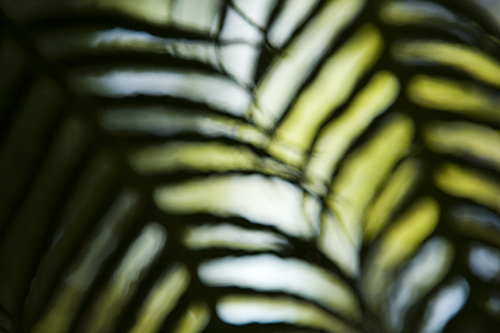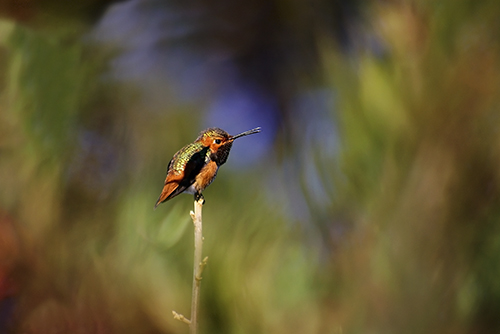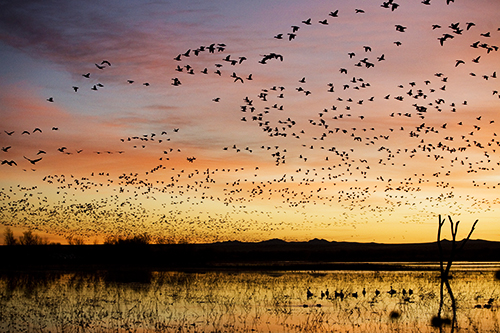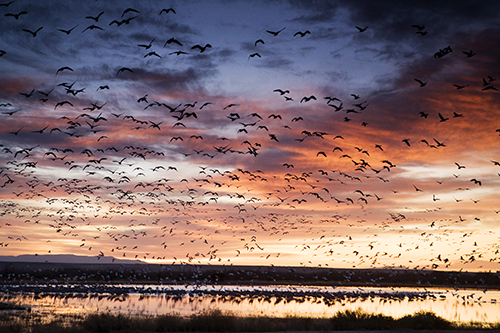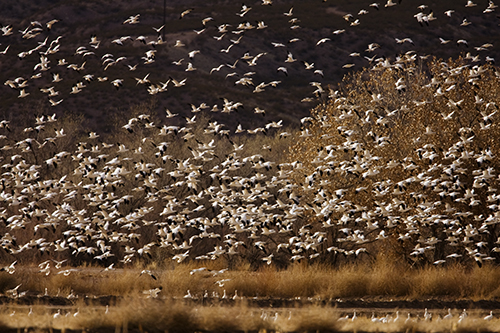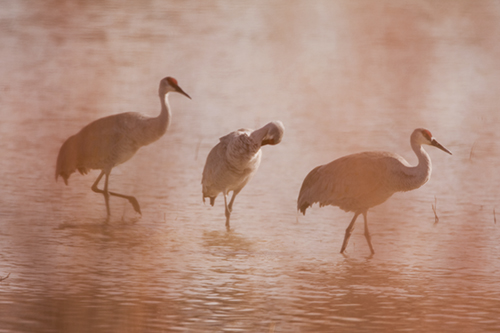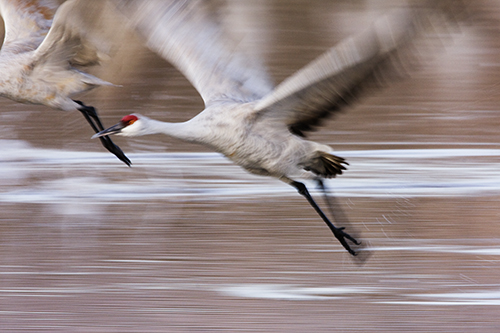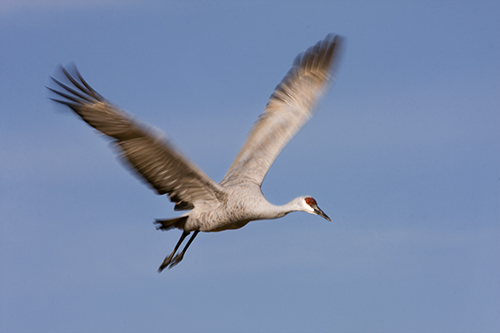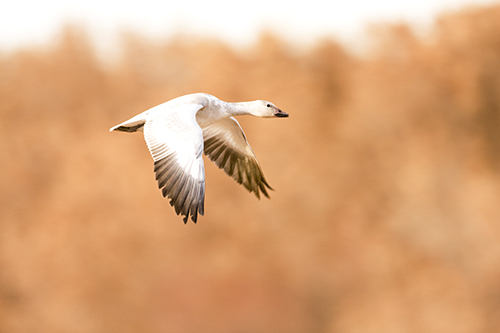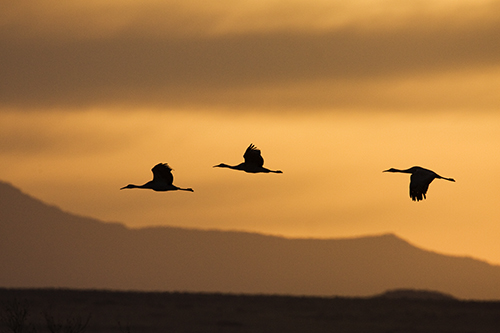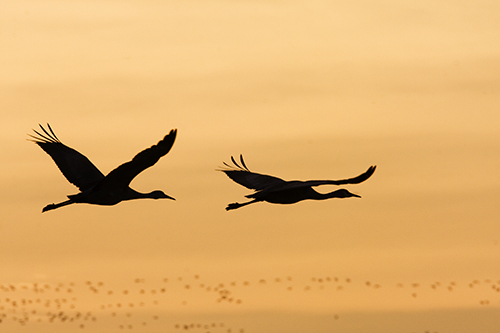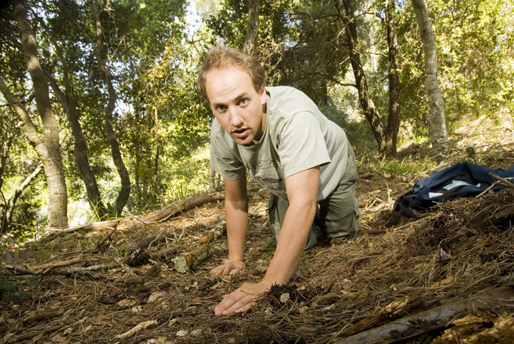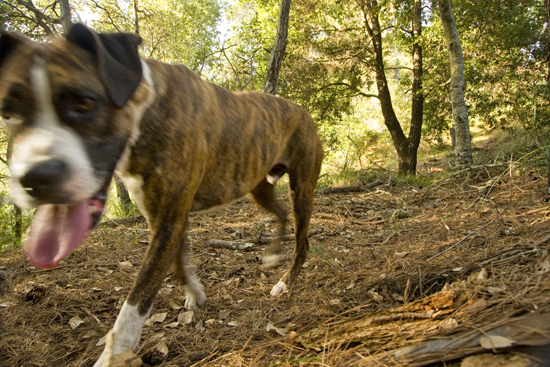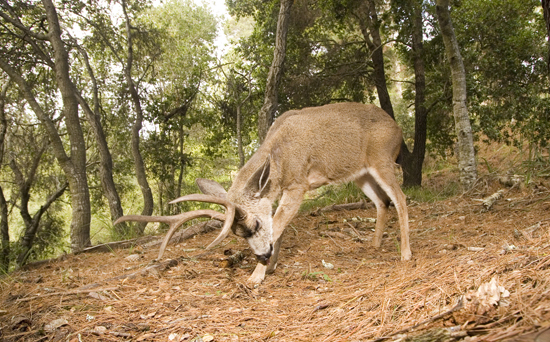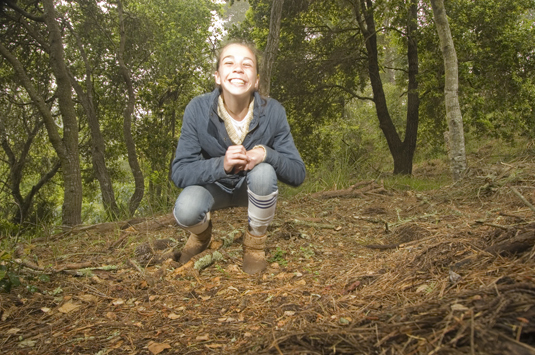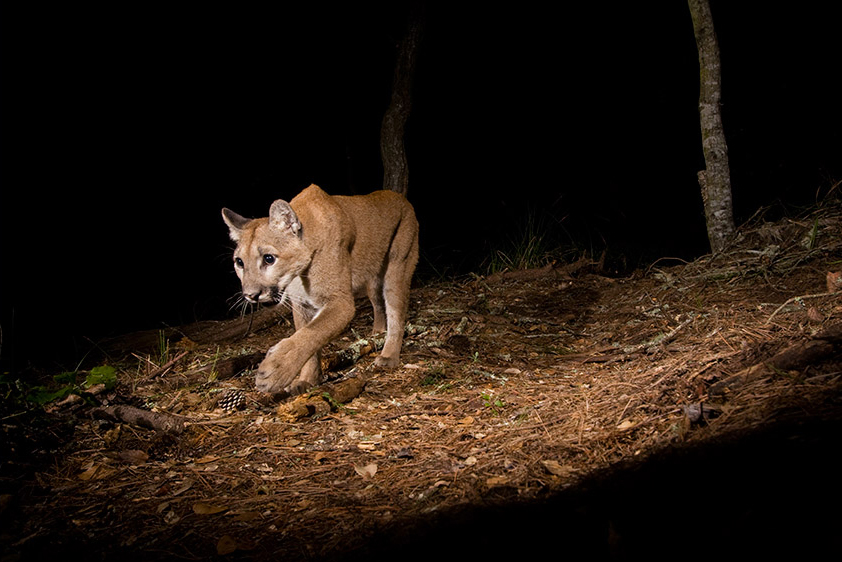Botanical Gardens and Arboretums are amazing places to not only visit but also to photograph. It is always fascinating to me to see plants from all around the world in such a small area. How amazing is it to wander from South Africa to Australia in just a few yards. From Proteas to Pincushions. It doesn’t even matter at what time of year you go, something will be in bloom.
Living in Santa Cruz provides the amazing opportunity of visiting the UCSC Arboretum, a deeply under-appreciated place. It contains the largest concentration of southern hemisphere plants in the northern hemisphere. When I photograph in these floral collections I tend to shoot in a macro-style, concentrating on single plants, often on single flowers. This is mainly to eliminate distracting backgrounds and since the plants are not in their native habitat showing the landscape in the background is not beneficial most times.
Here are a few examples of the types of pictures I am talking about:
Then you always have the option of getting more abstract pictures. This is the advantage of plants over animals, they don’t move too far. The picture below was taken at the UC Berkeley Botanical Garden. I loved how the light was coming through the fern fronds. I first took images that were in focus but I really liked the shape of the leaves so I decided to manually put them out of focus, having nothing in the image be sharp. It’s different, but I like it.
Finally, all the plants attract wildlife as well, so keep an eye out for movement. Hummingbirds are frequent visitors to gardens so they are attracted to these ‘super gardens’ in even higher numbers. This male Allen’s Hummingbird was photographed in Santa Cruz. He would continuously land on this perch and then chase off any other males intruding into his space. Every time he was off chasing a rival I crept closer, stopping when he would arrive back at his perch. I wanted to still include some of the amazingly colorful background created by all the plants so I stopped when I was about 10 feet away. It is one of my earliest photographs, but I still love it.
So go out and find your local botanical paradise, you will be amazed by what you find!
*If you are interested in purchasing any of the pictures displayed in this post, please check out my fine prints page for pricing.*

